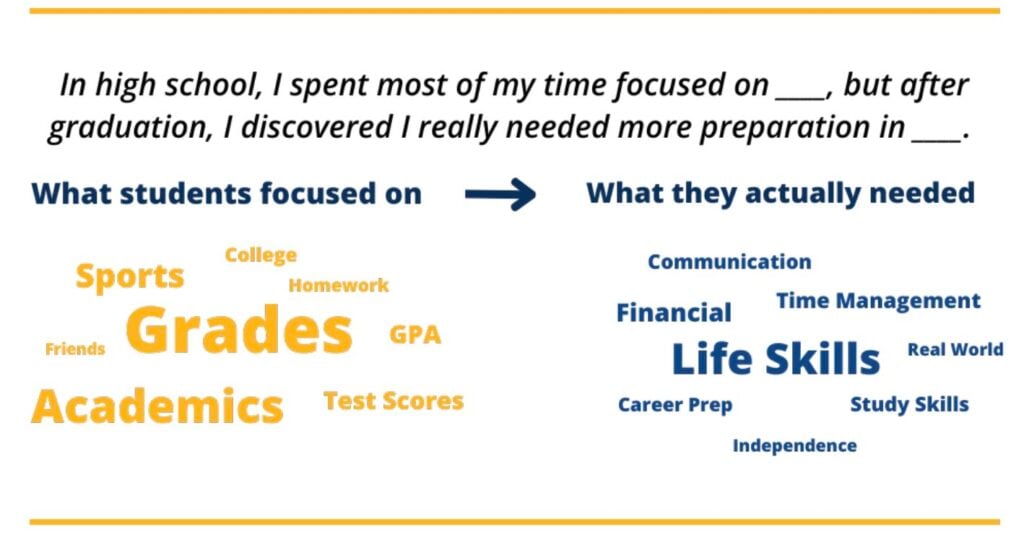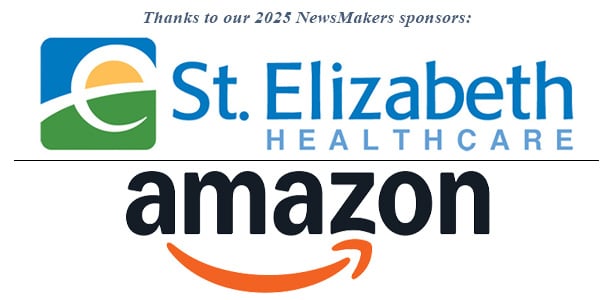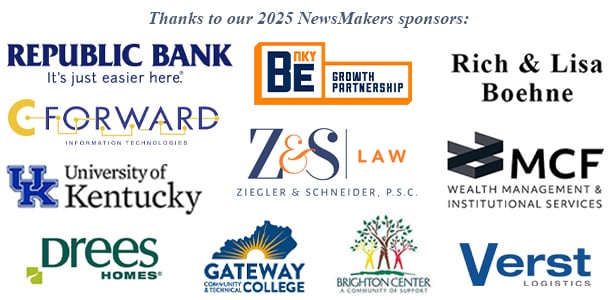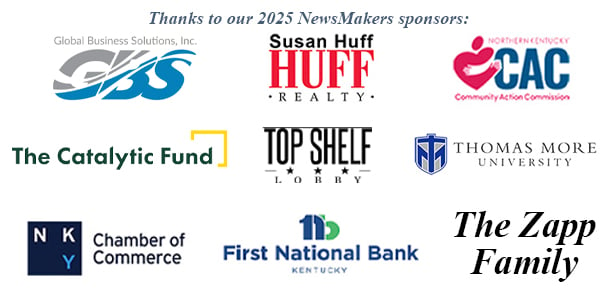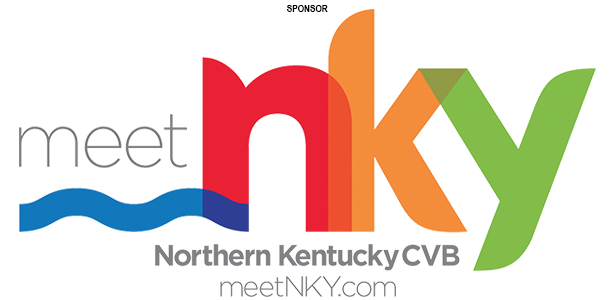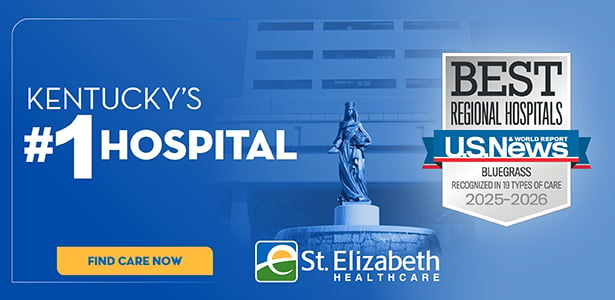By Tom Latek
Kentucky Today
The Prichard Committee for Academic Excellence released a report Wednesday that calls for strengthening Kentucky’s high school diploma, so every student leaves prepared for the opportunities and challenges of a rapidly changing economy.
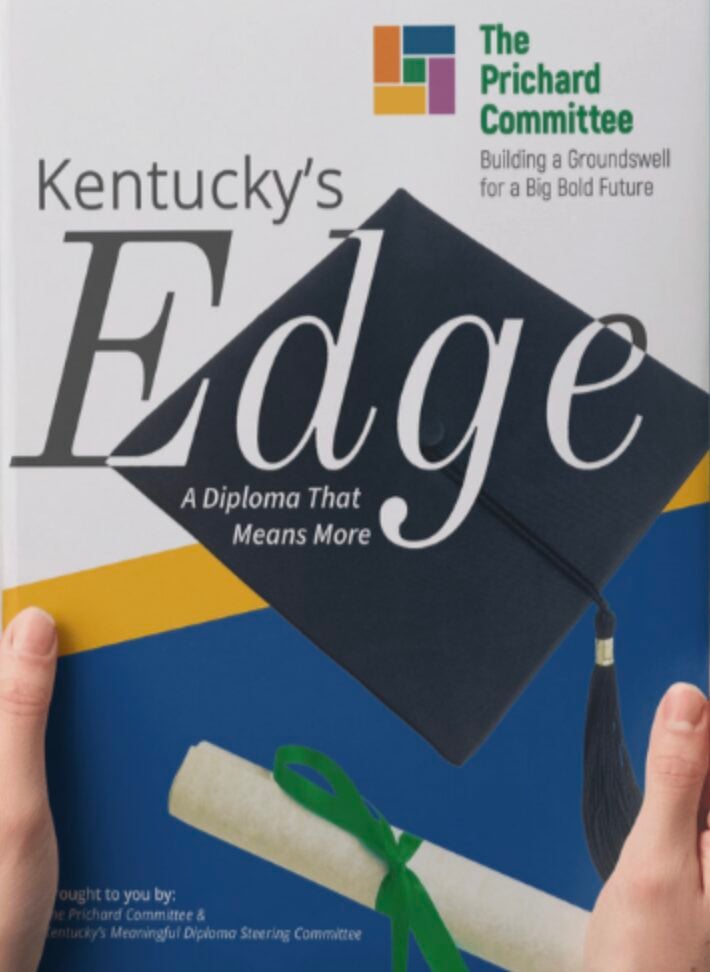
The report, titled “Kentucky’s Edge: A Diploma That Means More,” draws on years of research, deep community engagement and a statewide survey of more than 600 employers.
Despite Kentucky’s high graduation rate, the findings reveal that too many students graduate without all the skills and experiences they need to succeed. Just 12 percent of Kentucky employers report strong confidence in graduates’ workforce readiness, and fewer than one in three students demonstrate proficiency in core academics.
With major shifts in the labor market ahead, including the rise of AI and the growing importance of postsecondary credentials, the Prichard Committee calls for redesigning Kentucky’s high school experience to align better with the needs of today’s economy.
“Kentucky has climbed to the top five among the 50 states in high school graduation rates, and that should be celebrated,” said Brigitte Blom, president & CEO of the Prichard Committee. “This is the next step in the story of getting Kentucky to the top of the nation in academic outcomes and economic mobility. Our students deserve a diploma that is a true launchpad to success. This is a moment for courage, innovation and shared responsibility.”
The report outlines a framework for redesigning the high school experience that emphasizes mastery of core academics, durable skills like communication and critical thinking, real-world learning opportunities, and strong postsecondary and career navigation.
“Kentucky employers and educators agree: we need graduates who can think critically, solve problems and contribute on day one,” said Haley McCoy, chair of the Prichard Committee’s Meaningful Diploma Steering Committee. “This report offers a clear path forward — one rooted in Kentucky values and informed by national best practices. It’s ambitious, achievable and essential for our students and our workforce.”
